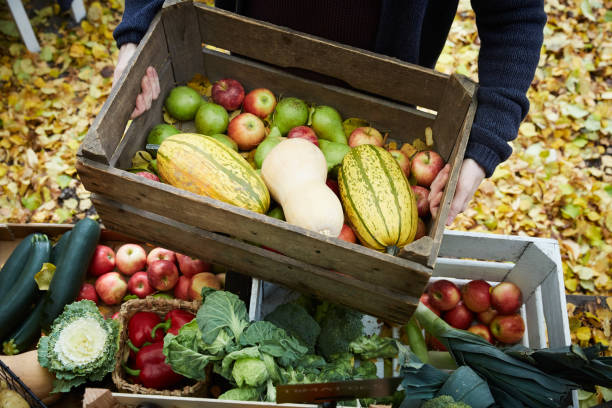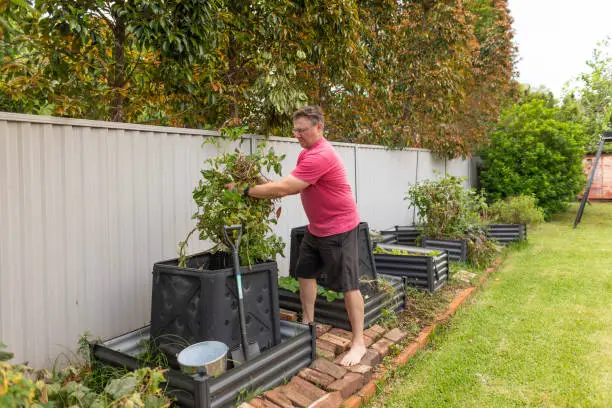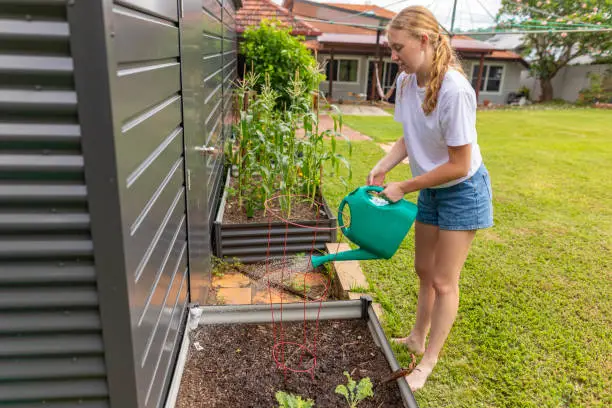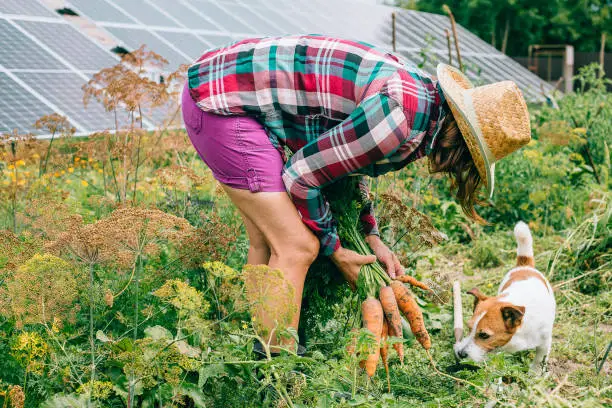Beginning Backyard Homesteading: Navigating Sunlight, Soil, and Space
The backyard homesteading creates living, feeding ecosystems. This move toward self-reliance and sustainability may seem frightening, but it opens opportunities for creativity, learning, and progress. This shift rests on picking a suitable space, which requires understanding the delicate relationship between sunlight, soil, and space.

Sunlight gives your garden vitality, which helps plants thrive. The ideal homestead garden receives at least six hours of sunlight daily, but this is just a start. Your garden layout depends on the plants you want to grow, from sun-loving tomatoes to shade-tolerant leafy greens. Seeing how sunlight moves across your potential garden space throughout the day might reveal your yard’s light and shadow. These insights help put plants strategically to ensure they get enough light.
The soil on which your garden grows is also crucial. The health of your property affects plant growth and water drainage. A soil test reveals pH, nutrient, and pollutant levels. This initial assessment guides amendments to produce a fertile soil foundation for plants. Composting turns kitchen leftovers and yard waste into rich organic matter that feeds soil and plants. Gardener-gardener communication about soil enhancement continues.
Backyard homesteaders can achieve their goals despite limited space. Vertical planting lets climbers like beans and cucumbers rise skyward, creating rich green walls that optimize space. Companion planting maximizes space by combining plants in symbiotic partnerships that boost growth, prevent pests, and increase flavor. Based on height, growth patterns, and demands, plants are carefully arranged to produce a productive mosaic that exceeds traditional gardening.
Sunlight, soil, and space must be balanced with knowledge, creativity, and flexibility. Reflective surfaces can help plants flourish in low-light conditions. Raised beds provide rich, well-drained soil for plants in poor soil. Containers allow the development of a range of plants in unsuitable gardening sites.
These factors revolve around water management, which nourishes your garden. Drip irrigation and rain barrels conserve this resource while hydrating plants. Water-hungry plants are grouped to save waste and increase efficiency.
What to plant depends on personal taste, nutritional demands, and space factors. Selecting plants that thrive in your climate and soil type lays the framework for success while adding edible perennials boosts homestead productivity over time. From sunny borders to shaded corners, herbs add diversity and flavor to the garden with their compact growth and adaptability.
Garden demands and problems change with the seasons, demonstrating backyard homesteading’s flexibility. Seasonal planning and crop rotation revitalize soil, minimize pests, and provide a constant yield. The winter months offer reflection and preparation, from planning next season’s crops to building structures that support growth.
Backyard homesteading includes raising animals, from hens for eggs to bees for pollination. Adding these items to the homestead produces a closed-loop system where garden waste becomes a resource, mimicking nature’s cycles.
Homesteading is enhanced by community and environmental involvement. Sharing knowledge, seeds, and harvests builds community and stewardship. Sustainability and self-reliance are practiced daily on the homestead, a learning and sharing hub.
Backyard homesteaders discover and connect in exploring sunlight, soil, and space. This journey begins with picking the proper site and evolves into a deep connection with the land and its life cycles. A road of obstacles and learning,
Creating the Homesteader’s Toolkit: Essential Tools for a Healthy Yard
Homesteading in the backyard is like sailing into a vast ocean of opportunity. This adventure, promising self-sufficiency and connection to the soil, takes more than a strong spirit; it demands a set of instruments, each crucial to tilling the route to abundance. These seemingly simple things are the foundation of every successful homestead, turning raw land into a food and life sanctuary.
The homesteader’s primary tool is the spade, a simple yet powerful tool that may break ground for new life. Beyond digging, the spade forms beds and irrigation ditches and walks through the roughest soil, making it essential for garden design and maintenance. The garden fork, with tines that puncture the soil, aerates compacted earth, frees roots, and carefully harvests root vegetables without harming the soil.
A centuries-old tool, the hoe, cuts through weeds with precision. It also shapes the soil into mounds and furrows for different crops. The rake smooths dirt and residue, creating a soft seed bed and garden order.
Water is the garden’s lifeline and needs distribution tools. The watering can hydrate seedlings and delicate plants with its gentle mist without disturbing their roots. For larger areas, a garden hose with a spray nozzle delivers water effectively and with adjustable force to each plant.
From secateurs to loppers, pruning tools shape plants to improve health and productivity. They prune dead or damaged branches, promote fruitful branching, and balance the homestead’s flora. Sharp secateurs make clean, fast-healing cuts, while loppers let gardeners shape even the tallest shrubs.
The homestead wheelbarrow carries soil, compost, and harvests. It saves the homesteader countless journeys and responsibilities, and its wheel tracks its evolution with each load.
Beyond farming, building, and repair tools are appreciated. The homesteader uses hammers, nails, and saws to create fences, raised beds, and repair structures to support its living richness. The whirring drill combines components to make chicken houses, rain barrel supports, and climbing plant trellises.
The toolset includes feeders, waterers, and grooming items for animals. These tools keep chickens, bees, goats, and other animals healthy and integrated into the homestead cycle.
Harvesting requires preservation and preparation tools. Knives, cutting boards, and canning equipment turn garden produce into food and storage. These instruments turn raw components into nutritious meals for the body and spirit.
Knowledge is the homesteader’s most underestimated but essential tool. Books, manuals, and homesteaders’ wisdom guide decisions solve problems and inspire innovations. This knowledge guides the homestead through seasons of abundance and challenge, shapes tool use and plant and animal care.
Though human, the backyard homesteader’s toolbox is transcendent. It values resilience, inventiveness, and stewardship. Everything contributes to self-sufficiency, from the most miniature spade to the most complicated canning gear. With these instruments, the homesteader talks to the earth about give and take, growth and harvest, struggle and triumph.
This backyard homesteading experience, distinguished by seasons and labor, tells a story of connection to the environment, food, and community.






Leave a Reply